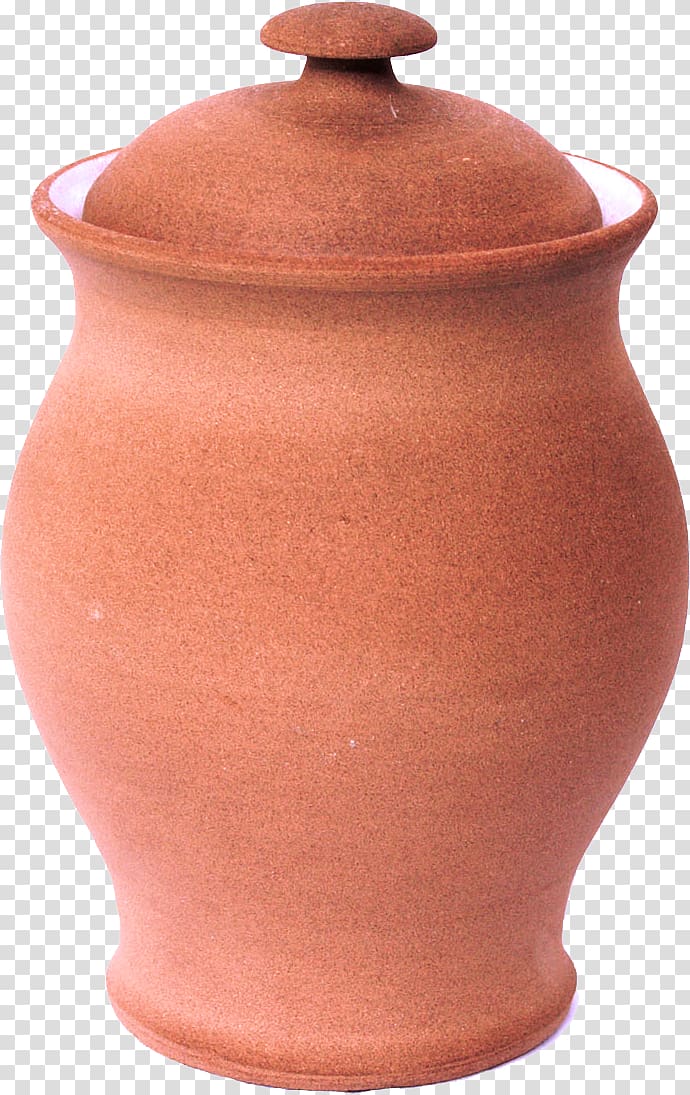

The International Image Interoperability Framework (IIIF) represents a set of open standards that enables rich access to digital media from libraries, archives, museums, and other cultural institutions around the world. The shape of this vase is called a volute krater (named after the spiral handles resembling the volutes of the Ionian columns). The vase is a masterpiece of the red-figure technique and one of the iconic examples of Athenian pottery. Adler Memorial Fund Reference Number 1984.8 IIIF Manifest A monumental vase with two mythological scenes painted on the upper part, the neck. (circa) or BCE.ģ30 BCE–320 BCE Medium terracotta, red-figure Dimensions 85 × 45.2 × 36.8 cm (33 1/2 × 18 × 14 1/2 in.) Credit Line Katherine K.

Dates may be represented as a range that spans decades, centuries, dynasties, or periods and may include qualifiers such as c. Status Currently Off View Department Arts of the Ancient Mediterranean and Byzantium Culture Ancient Greek Title Volute Krater (Mixing Bowl) Place Apulia (Object made in) Dateĭates are not always precisely known, but the Art Institute strives to present this information as consistently and legibly as possible. Since the krater is a funerary vessel, these figures may be symbolic representations of the dead or they may depict marble statues of the tomb’s occupants. On the back another naiskos (tomb) is decorated with large white figures. On the front of this vessel, a warrior and his horse stand in a naiskos (tomb) surrounded by attendants with offerings above them is the god Eros and on the handles male and female followers of the god Dionysos are depicted.


 0 kommentar(er)
0 kommentar(er)
